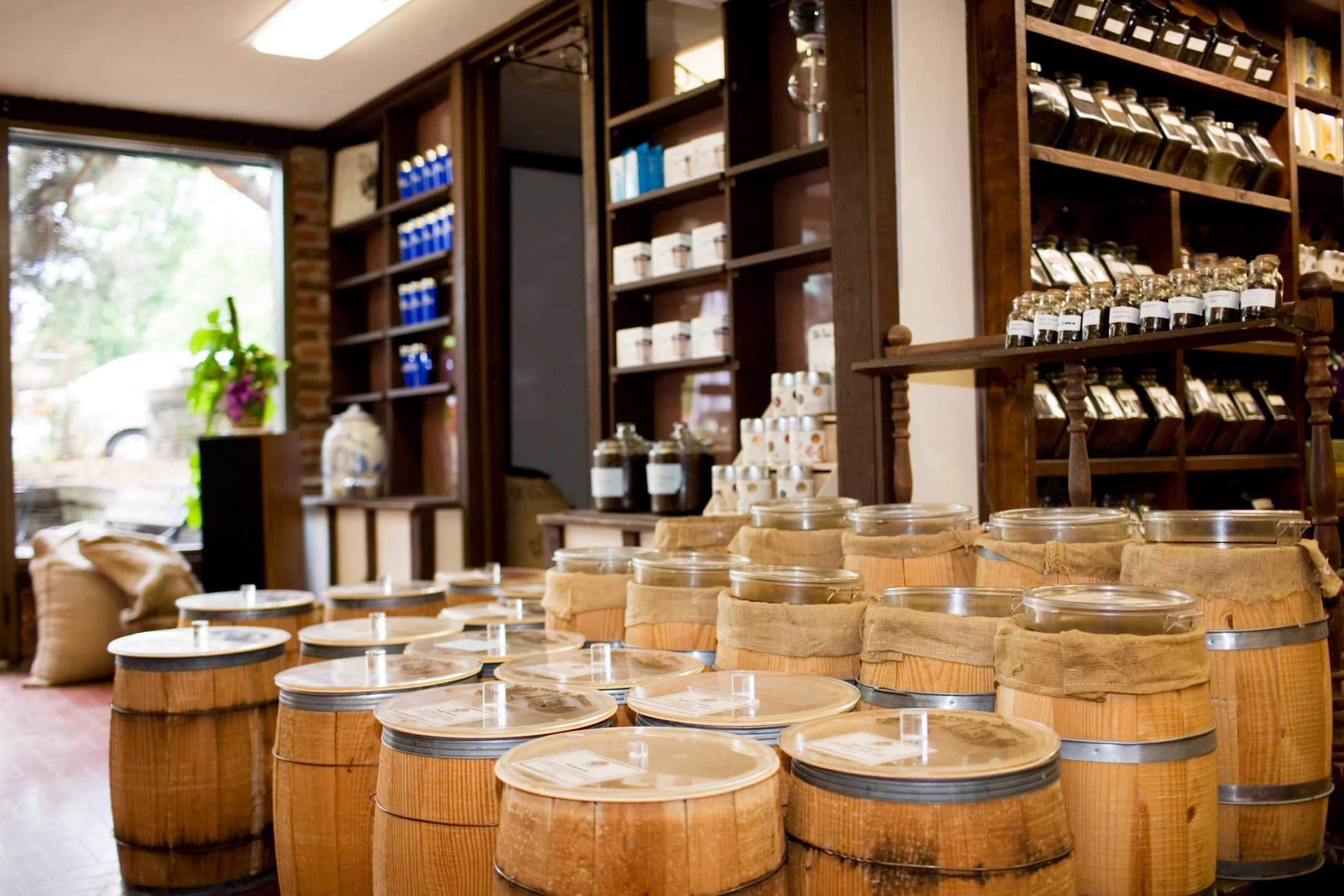Written for Leonardo Group Americas in 2015
Through no fault of their own, Toyota and Lean have become fairly inseparable over the years (you’d never catch someone at Toyota describing their process as “Lean”). Regardless of the terminology, it is true that Toyota is still widely considered the gold standard when it comes to Lean methodology. Boiled way down, they operate within a corporate culture that utilizes less to achieve more. And the fat they trim? We’ll call that billions of dollars in savings.
When you hear phrases like “Lean” or “Flow” Manufacturing, your first thought is probably about that course your company tried out that one time. Or the beautiful week you got off work to attend a workshop. Or — if you paid attention at that workshop — maybe you think romantically how a tiny Japanese car company called Toyota out-foxed American giants G.M. and Ford to become the number one auto manufacturer in the world (well, that’s sort of the story). Whatever daydreams these terms conjure, one thing you most likely don’t think about when considering Lean Manufacturing is a little grocery store down in Memphis, Tennessee known as the Piggly Wiggly. And yet, that’s where our story begins.
Where did Toyota originally find their industry-revolutionizing ideas?
In the early 1900’s, American grocery stores (starting with the venerable Wiggly Piggly in 1916) changed the way people shopped for food. Instead of putting the burden on the shopkeeper to retrieve each customer’s items, the customers were given the opportunity to peruse the aisles and pick out whichever goods struck their fancy.
And the shopkeepers’ new responsibilities? Instead of dealing with each individual customer’s needs, they now monitored the shelves, restocking items when the signal—an empty shelf—appeared. Once they saw the signal, they’d simply go to the storeroom to refill the shelf. Seems obvious looking back, but you didn’t hear much about blankets with sleeves before the Snuggie came out, either.
In order for this system to work, each item needed to have its own designed space and specific stocking quantity.
It’s basically still the same method you see in grocery stores today. Where they might have had a few hundred items in the 1930’s, your average supermarket these days keeps over 38,000 items in stock. Each item has a place. When one is removed and scanned, an electronic record is kept, inventory levels monitored, and items are reordered and restocked based on a maximum amount of space available. That’s why, if a shelf holds ten cans of tomato soup, you don’t just stick on an eleventh can; you stock to the specific number allotted.
Of course, there are always ways to improve the system. Flow racks, for example, make buying refridgerated products easier. A flow rack is that lovely device holding the milk. When you look all the way to the back, far beyond the columns of bottles, you’re looking directly into the storeroom where products are restocked from behind. This cuts the interaction between users and the folks who stock the milk to, at most, a rare moment of eye contact, which is to say, pretty much nothing. By not getting in each others’ way, you improve the experience for both sides.
What does filling a milk rack have to do with making cars?
In the 1950’s, visitors from Toyota made the long haul out to Dearborn, Michigan to Ford’s River Rouge Factory. What they found there was an impressive demonstration of the size and raw power of American manufacturing. At the time, Toyota didn’t have the resources to match Ford’s production.
Ford had too much space, too much material, too much WIP (work in process) for Toyota to emulate. So they found a different model.
In American supermarkets like the Piggly Wiggly, Toyota managers discovered a different set of tools to govern their manufacturing processes: tight control over inventory quantities and storage space, and a better way to get service to the end user (the milk rack). This was the origin of the material pull system.
Here’s how it works:
You start with a bin full of parts. While you’re working with your bin, a person in charge of materials—we’ll call him Martin—fills a second bin for you. That way when you empty the first bin, a second, full bin is already there. Martin takes your empty bin and the cycle starts all over again.
For this system to succeed, everyone must work based on the same set of rules.
You don’t get up and go fill your bin yourself. When the bin is empty, Martin refills it at the correct time with the correct quantity. Every. Single. Time. That way you will never run out of materials, you don’t get in Martin’s way, and you don’t waste time by having to go fill the bin yourself.
This is known as a two-bin kanban system.
Who cares?
Customers should care, for a start, because Flow Manufacturing provides a much faster response time to orders than the type of Batch Manufacturing Ford and G.M. were practicing.
Let’s stick with the milk example. Say your favorite store orders 50 bottles of milk by the end of the week.
A batch oriented dairy farmer takes the order and gets to work. On Friday he hauls in all 50 bottles of milk. Order filled. You’ve got milk for another week.
But, let’s say there’s a flow dairy farmer in your town, too. Instead of letting those bottles stack up until Friday, he brings in 10 bottles every day of the week. At the end of the week, he still brought in 50 bottles of milk AND that fresh milk you wanted Tuesday? He’s got you covered.
That’s not the only advantage, though. Because the flow order dairy farmer doesn’t have to store all those bottles of milk all week, he doesn’t need as much space to produce the same amount of milk, which saves him money. And, since he’s moving smaller quantities of milk at a time, he can be more thorough about checking the quality of each bottle.
So what do you end up with? The customer goes home with fresher, higher quality milk, while the dairy farmer actually saves money.
Besides the dairy farm, these processes are being used in a variety of industries: from making cars to making airplanes, from household items to hospital supplies. Those Batch Manufacturers we were talking about? Once the Japanese car companies took off, even they jumped on the bandwagon. By the 1990’s, going Lean was essentially a requirement to compete in the manufacturing world. Billion dollar companies around the world had no choice but to make the switch.
And at the beginning of it all, there was a grocery store in Memphis, Tennessee, known as the Piggly Wiggly.




